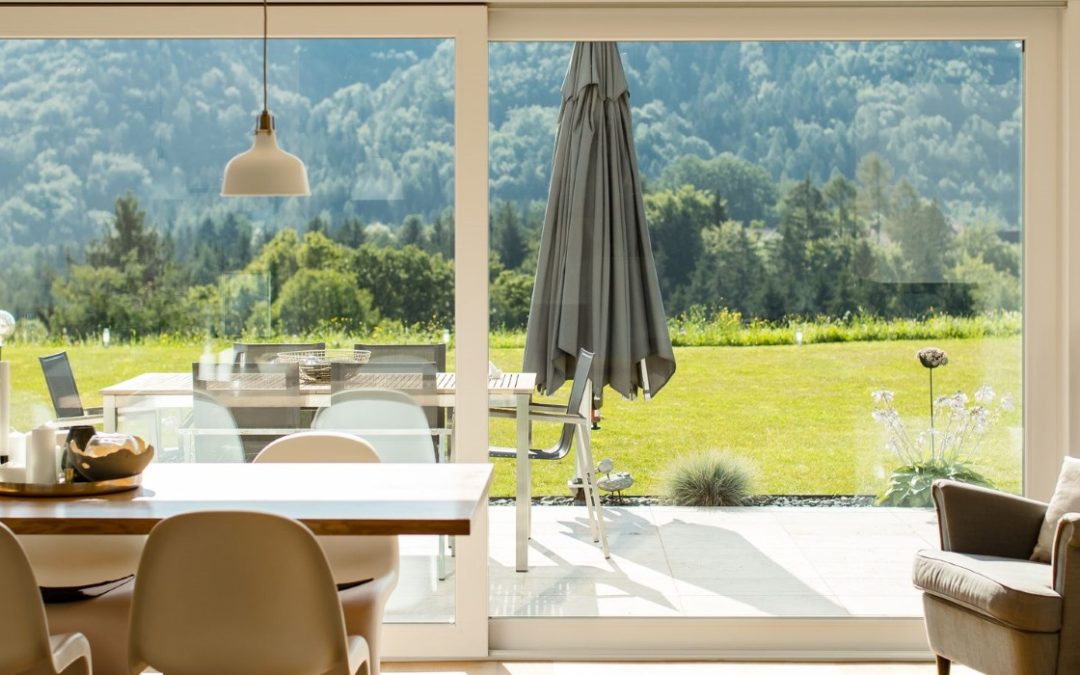If you are planning to build a house, or any other type of building, you know that certain basic requirements are needed in order to turn your project into a reality. Apart from the obvious, such as walls and roof, there are other aspects to consider. For instance, how much insulation to use for the walls, and how much for the roof? What about your HVAC system, your windows and doors, or flooring options?
If you want to build a healthy house, what do you need to take into consideration, in order to make sure you and your family will be living in a healthy environment, and how to choose from the different options available in the market?
These are some of the main aspects to consider:
- Zero-VOC Products
A simple detail that will not substantially affect your project’s cost, if it does at all, is to use Zero-VOC (or low VOC) products in your building. VOC’s, or Volatile Organic Compounds, are chemical compounds that end up mixing with the air inside the building due to off-gassing from certain materials that have high VOC concentration. Most glues, pastes, and a lot of insulation materials we use in our homes and buildings contain some degree of VOC’s. Giving preference to zero-VOC products is extremely important for the health of the occupants.
- Breathability
When considering the type of building envelop to choose, we recommend breathable and hygroscopic. In short, this building envelop will regulate humidity levels in your house and will have a high capacity of storing vapor and release it as required based on the environment. It also has the ability to permanently absorb some of the VOC that you could not completely avoid.
- Air Tightness and Insulation
Build an airtight, well insulated building shell, and avoid thermal bridging as much as possible. There are many innovative solutions and strategies to significantly reduce or even completely eliminate thermal bridging. This is a fundamental aspect to consider, skipping this advice might result in future extra costs, not only in reparations and energy bills, but also in your health and well-being.
- Efficient Air Filtration
Since you are building airtight house, you will definitely need a mechanical ventilation system. There are many brands to choose from, but not all of them contain an efficient filer to clean up the incoming air properly before it is distributed across your home. The higher the MERV rating of the filter, the better it will clean the air before it enters your house.
Also, most brands recycle stale air at temperatures below zero, which defeats the purpose of ventilation. This enables the rotation of microbes while building up the CO2 concentration levels inside your home. You can find high efficiency options in the market that will guarantee a continuous supply of fresh air, independently of the outside temperatures.
- Heating System
It is a common belief that the heating system has no effect on the health of the occupants of a building. However, the type of heating you choose can directly affect the health and comfort of your family. Forced air systems, or convection systems in general, rely on pumping hot air, which in turn rotates germs and dust. The effects can be felt instantly, as it directly impacts your respiratory system. Radiant heat is a cleaner option, that does not depend on pushing hot air, therefore it is not wasted in spaces that are not normally occupied by people, such as the ceiling, where most of the hot air lingers if the space is heated with a conventional hot air system, making radiant heat a healthier and a more comfortable choice for your home.
It is always a good time to improve your home. Whether you are building or renovating your house, it is possible to choose the most effective and suitable solutions for a durable, healthy and comfortable home.
A professional advice can help you make the right choices.
Contact us today for a free estimate on our products and services.

